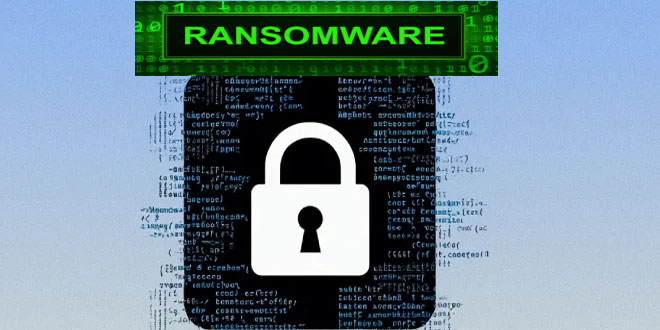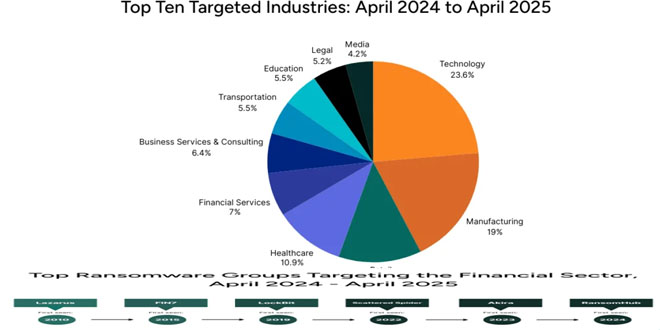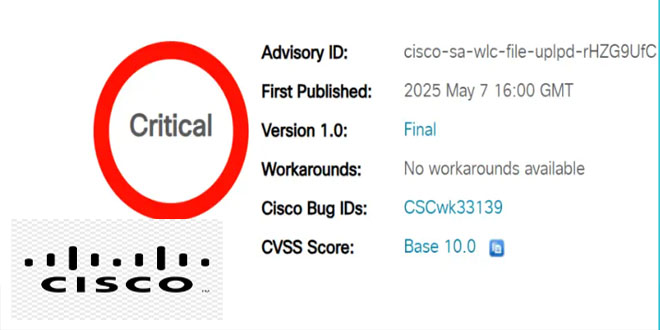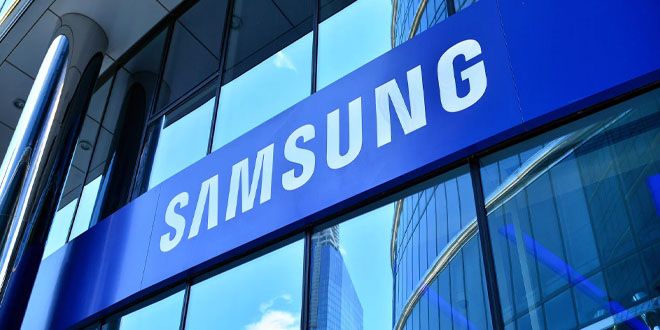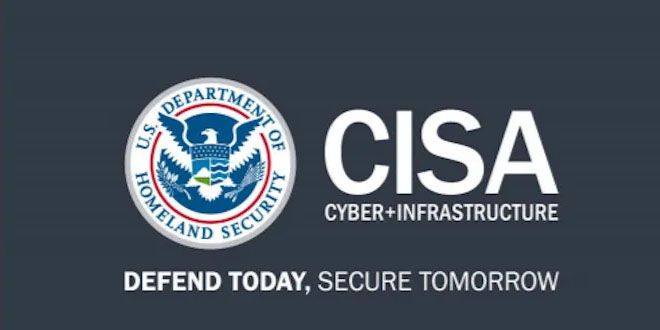The Cisco AI Readiness
Index is based on a double-blind survey of 8,161 business leaders with responsibility for AI integration and deployment at organizations with 500 or more employees based across 30 markets globally. The Index uses six pillars, each with an individual weightage, to benchmark AI readiness – Strategy (15%), Infrastructure (25%), Data (20%), Governance (15%), Talent (15%), and Culture (10%).
Within these pillars, levels of readiness are assessed using a combined total of 49 indicators to determine a readiness score for each pillar, as well as an overall readiness score for the respondent’s organization. The data was organized and categorized into a level of readiness, with respondents ranked in four groups –Pacesetters, Chasers, Followers, and Laggards. These groups and their corresponding scores are pictured left in descending order.
By infosecbulletin
/ Friday , May 9 2025
YouTube has restricted access to at least four Bangladeshi television channels in India following a takedown request from the Indian...
Read More
By infosecbulletin
/ Friday , May 9 2025
Microsoft has fixed critical vulnerabilities in its core cloud services, including Azure Automation, Azure Storage, Azure DevOps, and Microsoft Power...
Read More
By infosecbulletin
/ Thursday , May 8 2025
The cyber threat landscape is rapidly changing, with a notable increase in ransomware activity in April 2025, driven by the...
Read More
By infosecbulletin
/ Thursday , May 8 2025
SonicWall has released patches for three security flaws in SMA 100 Secure Mobile Access appliances that could allow remote code...
Read More
By infosecbulletin
/ Thursday , May 8 2025
From April 2024 to April 2025, Flashpoint analysts noted that the financial sector was a major target for threat actors,...
Read More
By infosecbulletin
/ Thursday , May 8 2025
Cisco has issued a security advisory for a critical vulnerability in its IOS XE Software for Wireless LAN Controllers (WLCs)....
Read More
By infosecbulletin
/ Wednesday , May 7 2025
Attackers linked to the Play ransomware operation deployed a zero-day privilege escalation exploit during an attempted attack against an organization...
Read More
By infosecbulletin
/ Wednesday , May 7 2025
Hackers are exploiting an unauthenticated remote code execution vulnerability in the Samsung MagicINFO 9 Server to take control of devices...
Read More
By infosecbulletin
/ Tuesday , May 6 2025
CISA added the Langflow vulnerability, CVE-2025-3248 (CVSS score 9.8), to its Known Exploited Vulnerabilities catalog. Langflow is a popular tool...
Read More
By infosecbulletin
/ Tuesday , May 6 2025
Google has released its monthly Android security updates, addressing 46 vulnerabilities, including one that has been actively exploited. CVE-2025-27363 (CVSS...
Read More
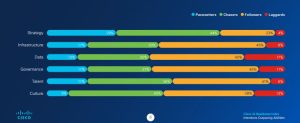
Based on this scoring system, 14% of respondents globally met the criteria for Pacesetters, with Chasers at 34%. Followers are the largest group at 48%, and Laggards the smallest group at 4%. Highlighting the vast divergence in levels of readiness, the average scores recorded for each group are Pacesetters – 93, Chasers – 72, Followers – 48, and Laggards – 24. The Cisco AI Readiness Index provides a comprehensive assessment tool for organizational leaders.
ALSO READ:
CSA Launches First Zero Trust Certification
When it comes to measurement, while an impressive 87% of respondents say their organization has a process in place to measure AI’s impact, only 41% have defined metrics for doing so. Similar numbers are seen with financial preparedness with 84% having a financial strategy to support AI deployment in place, but only 45% saying they have a long-term financial plan.
One of the key criteria under the Strategy pillar that differentiates the Pacesetters from the rest is a willingness to invest in AI. Only 27% of respondents say AI deployment has been given the highest priority for budget allocation and incremental budget funding, compared to other technological deployments. Based on the Index data, companies across the world have made strides when it comes to having an overall strategy, a clear understanding of what type of AI they want to adopt and deploy, and what outcomes they want to drive.
Yet the question remains, are they ready on other fronts that are critical to leverage the full potential of AI?
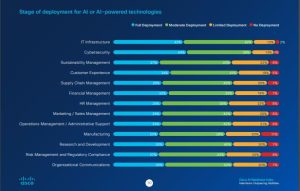


 InfoSecBulletin Cybersecurity for mankind
InfoSecBulletin Cybersecurity for mankind




